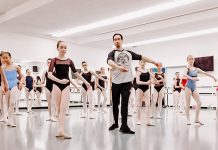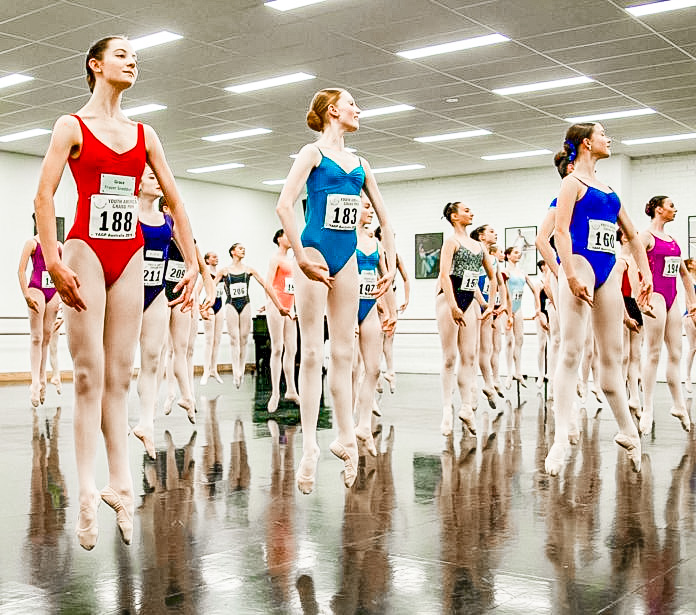Participating in YAGP is, no doubt, considered a rite of passage for many dancers today. But it is also one that often comes with numerous questions for young dancers and their parents. After all, if you’ve never participated in YAGP before, the prospect of entering the world’s largest student ballet scholarship competition might seem a bit daunting at first. But fear not; we are here to help make this a wonderful and enjoyable experience.
To start, please enjoy this video by YAGP’s Sergey Gordeev and Karine Plantadit with some great information and everything you need to know about YAGP:
As we head into our U.S. Semi-Final season, we’ve also compiled some additional points for you to consider – with some great reminders for returning participants too. Read on for more, and we look forward to seeing you in 2020!
#1) Before the Competition
Besides everything you are doing in the studio to prepare for YAGP, making sure you are prepared with an idea of the schedule for the weekend can be just as key in easing any last-minute jitters or anxiety. This way, you’ll be able to focus only on why you are there in the first place: to dance!
Once you receive the timeline and detailed schedule for the regional semi-final you’ll be attending, be sure to note carefully all applicable event times for your age and/or category, along with the order of your dances. Many people find it helpful to go through all schedule documents with a highlighter, but you should also be prepared for potential schedule shifts that can occur throughout the weekend, with this being a live show. For this reason, we recommend following YAGP on Facebook and Instagram for the latest schedule updates.
Also, it’s a good idea to create your own checklist of what you’ll need to bring with you to the venue: your costumes, shoes, and anything else you’ll need for your performances. Just be sure to pack your dance bag extra mindfully and leave all valuables at home. With so many dancers and limited space backstage, any overly-large bags and extra items can quickly turn into clutter, which means less room for all participants to prepare. In short, only bring what you need.
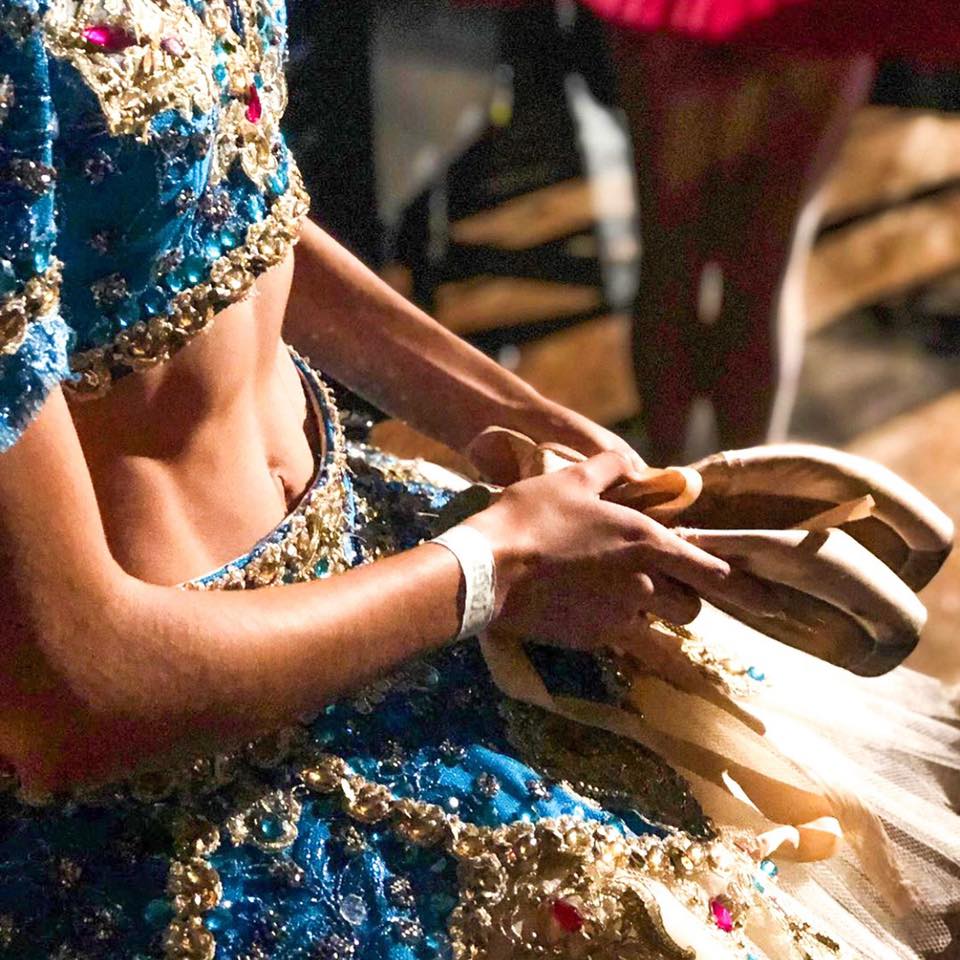
#2) Registration at the Venue
You or your school took care of registering your pieces in order to secure your place in the competition, but did you know there is also on-site registration that occurs at the theater venue during your semi-final weekend? This registration is quite simple and entails only a quick check-in at the registration table to let us know you’ve arrived; we recommend registering about 1 hour before your Open Stage. It is at this time that your teacher will also pick up your school’s registration packet, along with their Teacher Badge.
If there was an issue or glitch in your electronic music file, we will also let you know during registration. If this happens, do not worry! As long as you or your teacher have a backup copy of your music (one piece per CD) we’ll be able to upload the correct file in time for your performance.
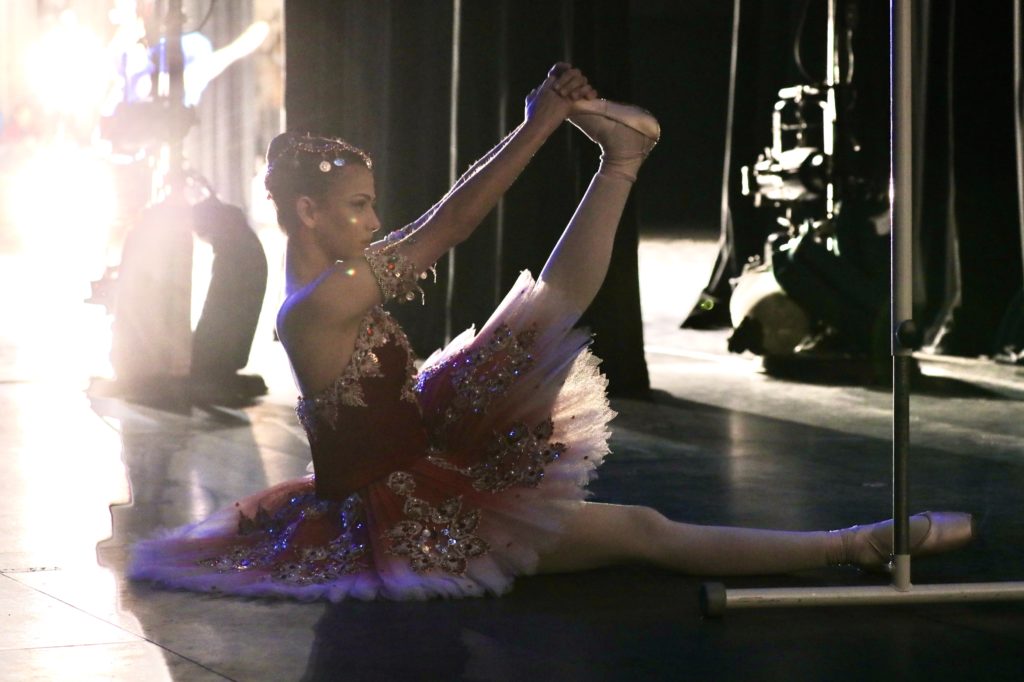
#3) Backstage & Open Stage
At the theater, there will be signs directing participants to the backstage and dressing room areas. As parents are not permitted backstage, younger dancers who require assistance with costume changes should have a “buddy plan” in place or come out to their parents to a meeting place in the lobby when needed. Also, be sure to arrive with your stage makeup already on, as there won’t likely be time or space to do so at the theater. After you’ve checked in at the registration table, you can head back to the designated dressing rooms and begin getting ready for Open Stage.
Open Stage is exactly what the name implies. Before each category, the stage will be open for participants in that group to practice and feel out the stage. Most dancers find Open Stage to be an important part of their pre-performance preparations, though keep in mind that this is a shared time with the other dancers. Although this is your opportunity to get comfortable on the stage, always be respectful and try to remain aware of the space around you. If you accidentally bump someone, simply apologize and then return to your individual practice. A little kindness always goes a long way. Your teacher can also be near you – in the wings – providing corrections.
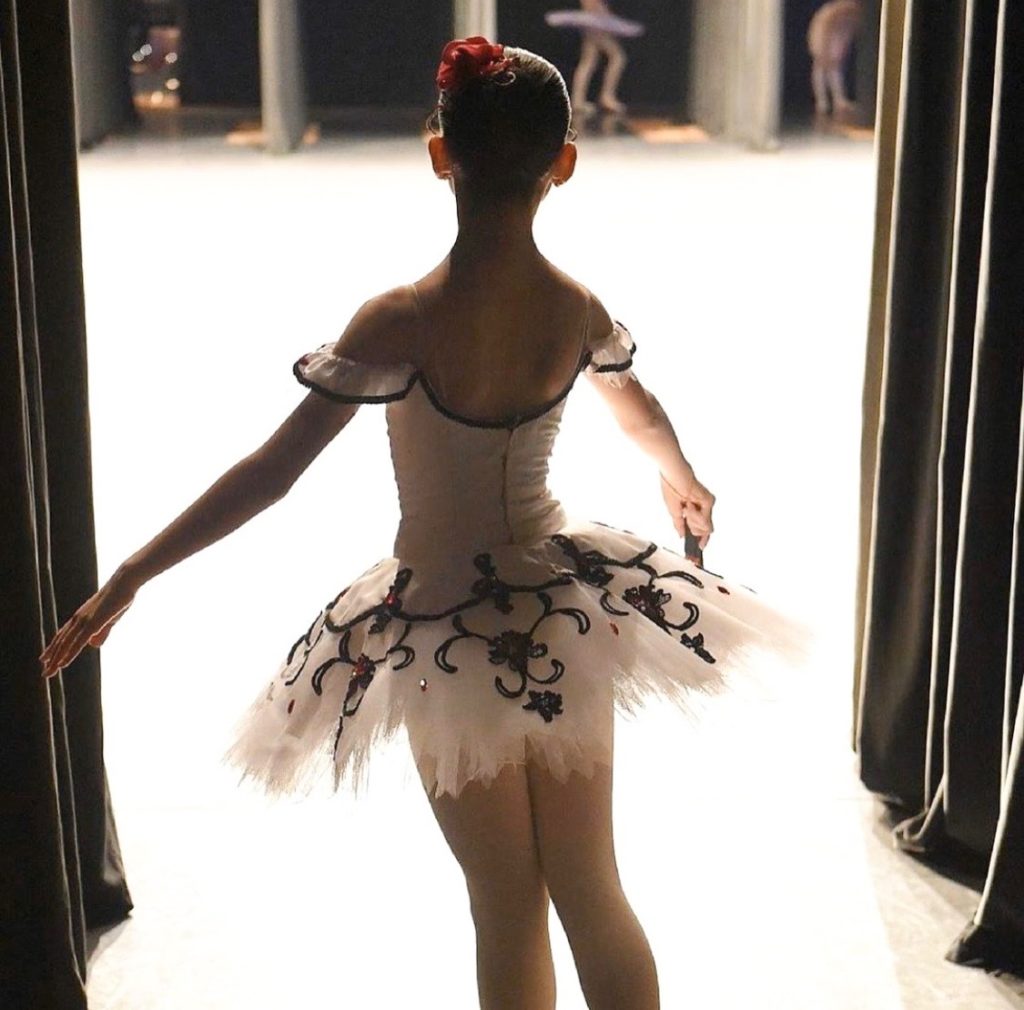
Open Stage is also where the Stage Manager will collect a bit of information from each participant to ensure your music is cued up properly for your performance. Here, you’ll be asked whether you start onstage (dancer first, then music) or offstage (music first, then dancer) and whether you enter from Stage Right or Stage Left, which helps us know where to find you backstage.
After Open Stage is finished, you can then continue warming up and preparing nearby. The Stage Manager and crew will begin calling for small groups of participants as the category continues, so just keep an ear out for your time to head to the stage area. And remember, if you have any questions at all, the staff backstage is there for a reason: to help you!
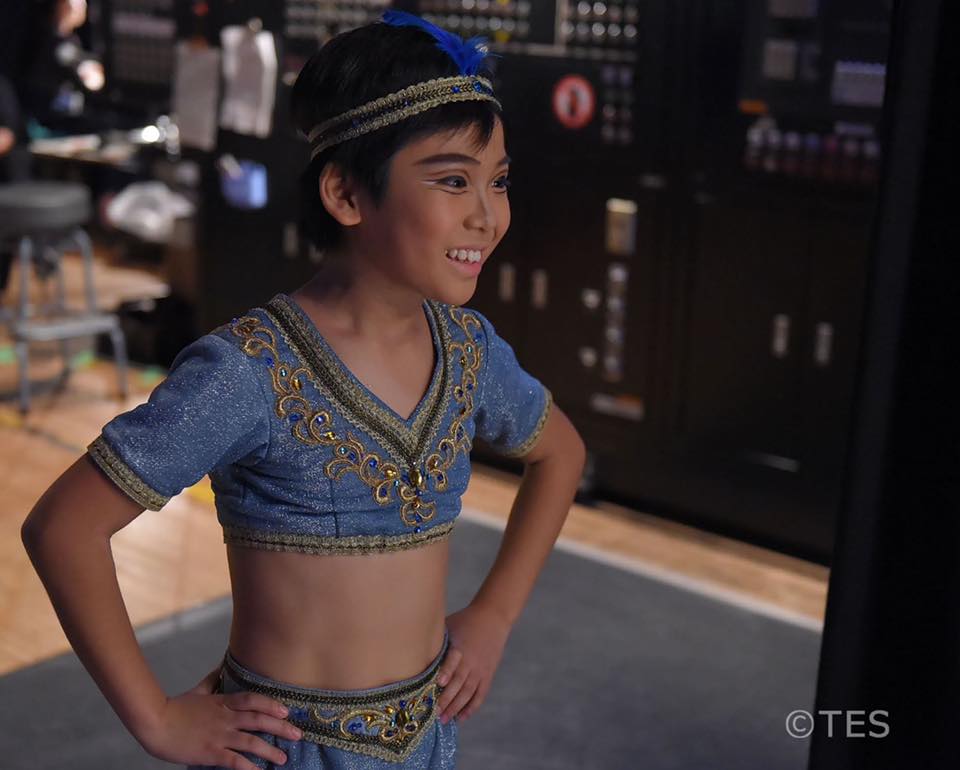
#4) Master Classes
Above all, the heart of our mission lies in dance education, and the Master Classes are a unique opportunity provided to all participants as part of the YAGP semi-final experience. In the classes, you’ll get to work with the same distinguished members of the Jury Panel who will also see you perform during the weekend, perhaps learn a different technique or style, and be inspired by other dancers from different schools, states, and training backgrounds. Chances are, you may already have seen some of the incredible master classes on our Facebook page throughout the season, which we livestream from different events all over the world.
As an international organization, YAGP is truly about bringing the dance world together. The chance to meet so many different people and become a member of an inclusive, global family of dancers, teachers, schools, companies, and audience is one of the key benefits of participating in YAGP, and many dancers find that their early connections turn into cherished friendships. And while attendance at classes during a regional weekend is not mandatory, the entire semi-final experience is designed in such a way that it allows all students to benefit from the many educational opportunities offered at YAGP, regardless of age, level of training, or professional aspirations.
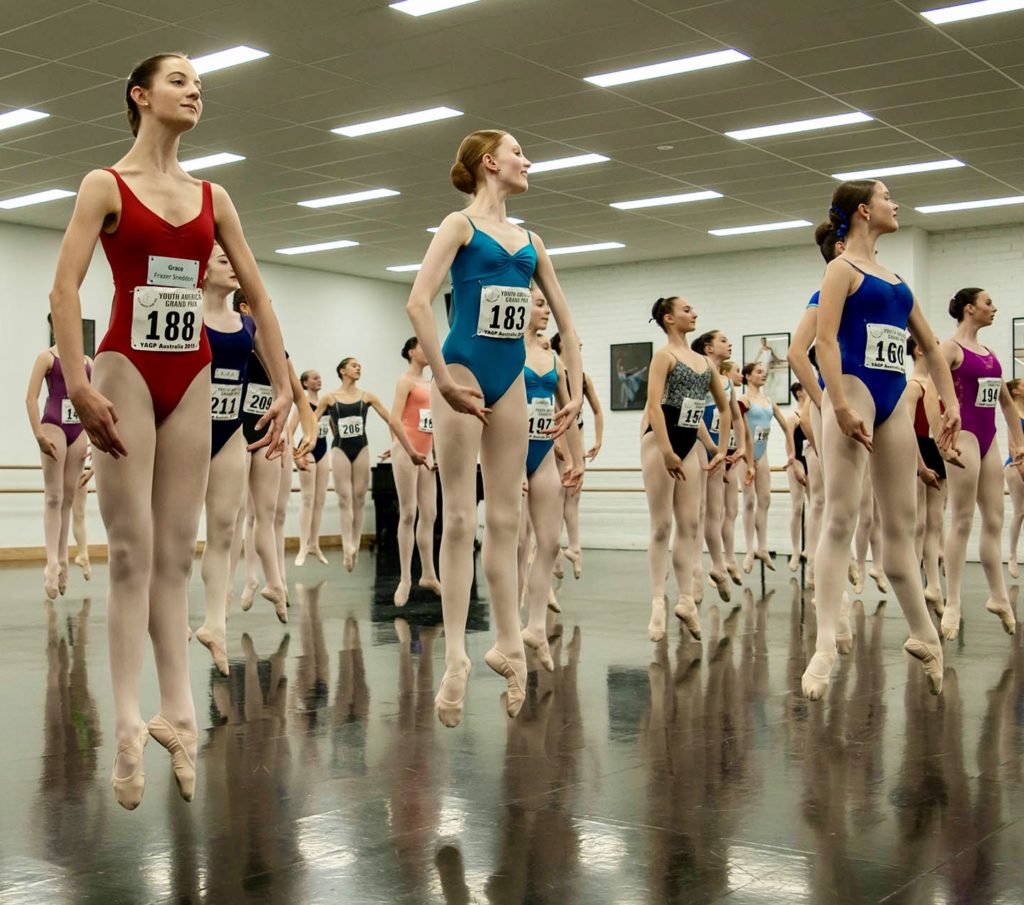
#5) Awards Ceremony
The Awards Ceremony is really a celebration of all your hard work – and that of your teacher, your school, and, of course, your parents and family for all their support. Whether it is your first YAGP or even your fifth, the true value of undergoing the kind of preparation required for an international ballet competition is not the awards or accolades, but the progress you’ve made along the way. Understanding that the prize is in the process can be key in both managing expectations and maintaining a healthy outlook in the ongoing journey that is your dance training.
The path to becoming a successful ballet dancer is not one-size-fits-all, and it is especially important to keep this in mind in any kind of competition setting. Dance is a subjective art form; at the end of the day, try not to compare your results to those of anyone else. Trusting in your own value as an individual is the very best mindset you can have, and it is one that will take you far both in your dance career and anything else that comes your way in the future.
Now for some basics:
– About 30 minutes before the Awards Ceremony, participants will begin to line up backstage by school (just follow the posted signs or instructions given at the venue).
– When the ceremony begins, each school will be recognized one-by-one as the dancers from that school walk across the stage to take a bow. Enjoy this moment; you’ve earned it! Parents and teachers are welcome to take as many photos as they wish during this time.
– After your school has bowed, you’ll be directed to sit with the other participants in the audience for the remainder of the ceremony (or in some venues where audience seating is limited, participants may remain onstage).
– Awards will be called by category by the Emcee, and the rest will be pretty self-evident. Just remember, YOU are a winner simply by having put in the hard work to be there, so be proud of all you have accomplished!
– After the ceremony is finished, your teacher will be able to pick up the score sheets for your school, however if there are Master Classes the following day, distribution may occur then. We’ll notify you as to the correct pick up instructions the week of the event.
New York Finals eligibility – Students receiving a passing score of 96 or higher on their Classical Ballet variation, or a special invitation at the judges’ discretion, will be notified by email the week following the competition that they have qualified for the New York Finals. Keep in mind that receiving 1st, 2nd, or 3rd at a regional semi-final place does not guarantee selection for Finals, as these placements are awarded relative to the other performances in each category. More details on Finals selection, as well as general information, can be found in our Rules & Regulations.
**************************
And that’s it! We’ve covered quite a lot of ground here, but we’d like to end with most important tip of all: HAVE FUN. Entering your first YAGP need not be a stressful endeavor. We promise you will learn a lot, see some incredible performances, and become even more inspired by the wondrous dance community we are all so lucky to be part of. Best of luck, and we’ll see you in the new year!
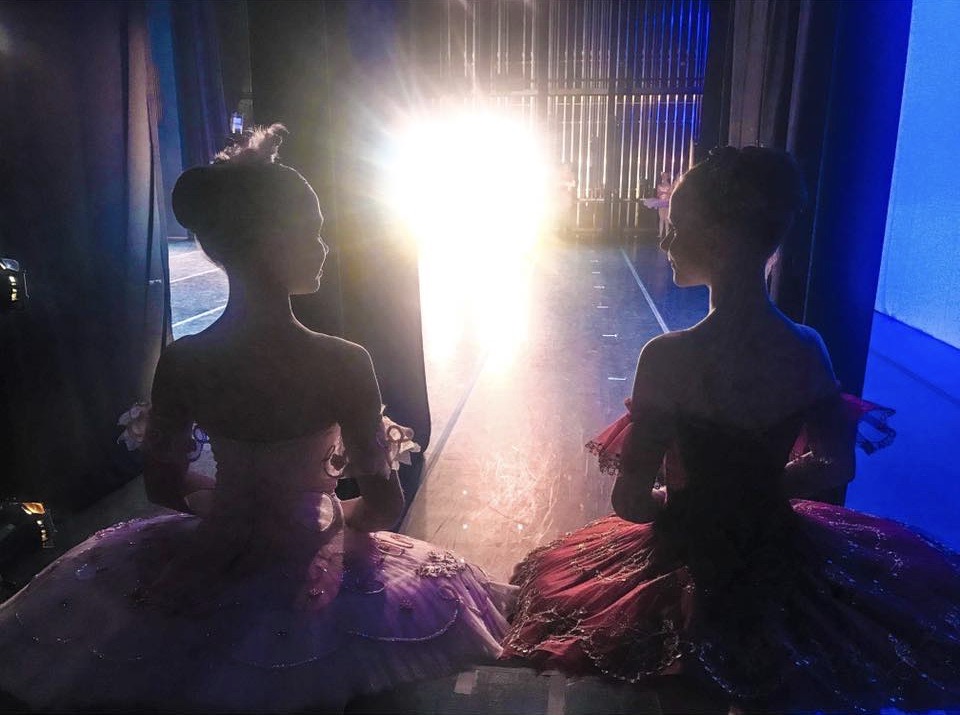
If you enjoyed this post, please share with others by using #YAGPBlog and tagging YAGP.
Comments, questions, requests for future blog articles? Write to us below, or send us an email. Your comments help us better serve readers like you. Till next time!








